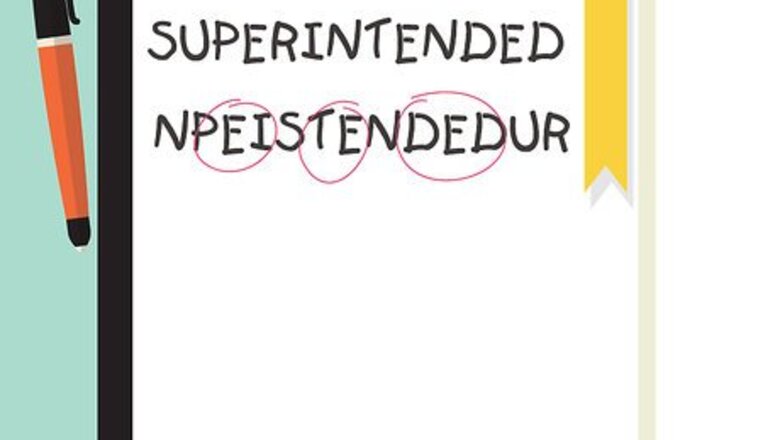
views
Reorganizing the Anagram

Break up the anagram. First, write down all of the letters in a different pattern. You won’t be able to find a new phrase or word if you keep staring at the same one that’s already in front of you. The letters are already in a jumbled mess, but reorganizing them into a recognizable pattern or shape will help. Draw a shape and write the letters around it. This makes it easier for your eye to pick up combinations since there’s no order to the letters- they’re each equally important. The most commonly used shape is a circle. You can spin your paper or notebook any which way to get a new perspective. Constantly rearranging your letters is important because it gives your mind new ways to look at various groupings of the same letters. Sometimes you need a fresh viewpoint if you’ve been staring at the same thing for some time.
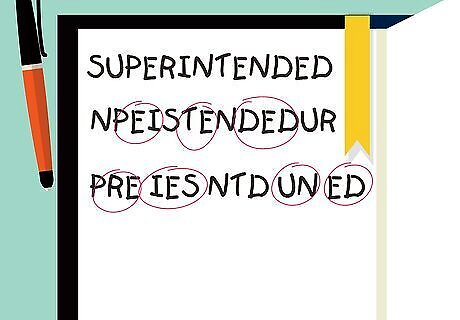
Put letters together in common pairings. After you break up the anagram, start putting together pairs of letters. For example, you may notice that you have an “H” and that it normally follows a consonant like “P” or “S” to make words that contain “PH” or “SH.” In addition, “H” usually is found after “P,” “S,” “T,” “W,” and “G” unless it’s at the beginning of a word. Unusual letter pairings like “QU” or common ones like “TH” are easy to build words from. Once you start isolating smaller pairings, you have fewer letters to unscramble.
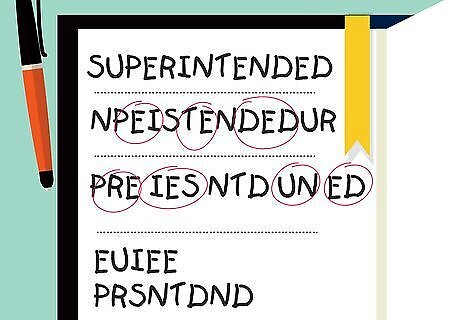
Separate vowels and consonants. Write out all of the consonants from your anagram in one column and the vowels in a separate one. Start with the consonants and write out each different way that they can be ordered. Then, insert the vowels into each combination to see how many new words you can make. If you have a lot of vowels, first find the consonant pairs since there are fewer variations to be had. Also, if you have mostly consonants, pair the vowels that can go together. For example, “IE,” “EA,” ot “OU.” Triple vowel combos like “beautiful” or “silhouette” are rare but taking the time to memorize them will help you solve anagrams faster.
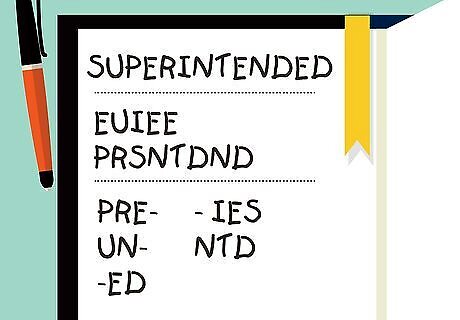
Pick out prefixes and suffixes. Many words in the English language are built off of prefixes and suffixes, which are pairings of letters at the beginning or end of a word to indicate grammar. For anagrams, they can be helpful to find because all you need to do is find the pairings and build a word from the remaining letters. Some common prefixes include: un-, dis-, sub-, re-, de-, in-, ab-, ad-, and ex-. Suffixes you may find could be: -ing, -ness, -ly, -ed, -er, -ry, -ous, -ment, and -tion. Switch around pre- and suffixes to create more word options. For example, “paint-er” can become “re-paint” by using the same letters in a new way.
Alphabetizing the Letters
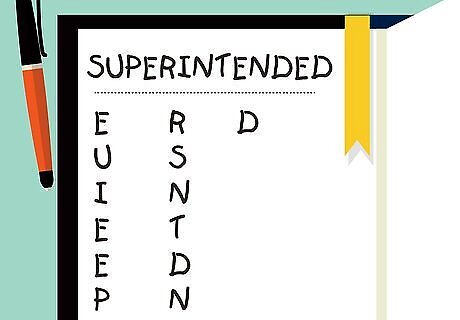
Separate all of the letters. Take out a new sheet of paper and rewrite the anagram at the top of the paper. You always want to keep the original anagram handy so that you have a reference and can check that you’re using the correct letters.
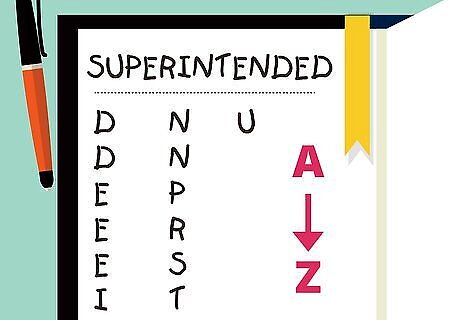
Put the letters in alphabetic order. Start with the first letter you have that’s closest to “A” and write all of the remaining letters after it in the order that they appear in the alphabet. This will help you see what kinds of letters you have or isolate an abundance of vowels or any rare letters like “Q”s or “Z”s. Some letters may repeat but you should still write down any duplicates. Remember, you need to use every letter that exists in the original anagram.

Use the alphabetized anagram to solve the puzzle. Just by rearranging an anagram into a jumbled yet ordered list, you can begin to see prefixes, suffixes, or even small, simple words. Once the letters are in an organized set, you can then also begin to memorize the combinations since alphabetizing is a consistent method of organizing any grouping of letters.
Memorizing Combinations
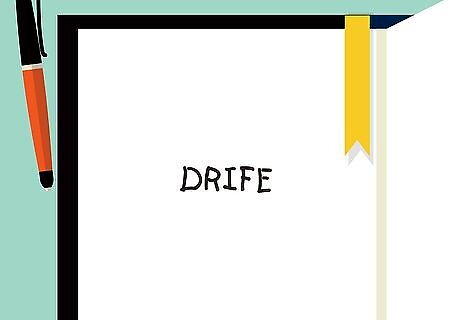
Organize the letters based on a pattern. Take an anagram and reorganize it. Use a standard such as alphabetizing to create a 'base set' of letters from the anagram. Alphabetizing an anagram makes a base set of letters because regardless of how the letters are scrambled, they can always be put back in the same order based on that “A-Z” standard.

Solve as many anagrams as possible based on the base set. You can have anagrams that appear to be different, but if you alphabetize “drife” and “ifred,” you get “defir” as a base set for both. From the base set of letters “defir,” you can create “fried” and “fired.” Memorize the alphabetized base sets and the different words you can make from it. If you play word games like Scrabble or Words With Friends, then you might see familiar combinations of letters over time. Memorizing anagram combinations will train you to see patterns in random letter combinations. It will help you solve crossword puzzles or word games faster.
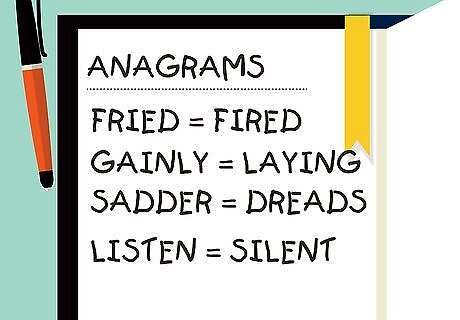
Revisit the same anagrams often. You want to be able to recognize basic combinations of letters anywhere. Make flashcards or reread your notebook full of anagrams to commit to memory the ones you've solved. Practice often to get into the habit of unscrambling anagrams so that you become more efficient at solving them in the future.



















Comments
0 comment